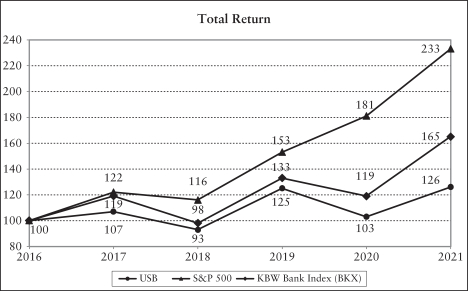| Auditing management’s ACL estimate and related provision for credit losses was complex due to the highly judgmental nature of the probability weighted economic scenarios, expected loss models, as well as model and qualitative factor adjustments. | ||
| How We Addressed the Matter in Our Audit |
We obtained an understanding, evaluated the design and tested the operating effectiveness of the Company’s process for establishing the ACL, including management’s controls over: 1) selection and implementation of forward-looking economic scenarios and the probability weights assigned to them; 2) expected loss models, including model validation, implementation, monitoring, the completeness and accuracy of key inputs and assumptions used in the models, and management’s output assessment and related adjustments; 3) adjustments to reflect management’s consideration of qualitative factors; 4) the ACL methodology and governance process. With the support of specialists, we assessed the economic scenarios and related probability weights by, among other procedures, evaluating management’s methodology and agreeing a sample of key economic variables used to external sources. We also performed and considered the results of various sensitivity analyses and analytical procedures, including comparison of a sample of the key economic variables to alternative external sources, historical statistics and peer bank information. With respect to expected loss models, with the support of specialists, we evaluated model calculation design and reperformed the calculation for a sample of models. We also tested the appropriateness of key inputs and assumptions used in these models by agreeing a sample of inputs to internal sources. As to model adjustments, with the support of specialists, we evaluated management’s estimate methodology and assessment of factors that could potentially impact the accuracy of expected loss models. We also recalculated a sample of model adjustments and tested internal and external data used by agreeing a sample of inputs to internal and external sources. Regarding the completeness of qualitative factors identified and incorporated into measuring the ACL, we evaluated the potential impact of imprecision in the expected loss models and economic scenario assumptions; emerging risks related to changes in the environment impacting specific portfolio segments and portfolio concentrations. We also evaluated and tested internal and external data used in the qualitative adjustments by agreeing significant inputs and underlying data to internal and external sources. We evaluated the overall ACL amount, including model estimates and adjustments, qualitative factors adjustments, and whether the recorded ACL appropriately reflects expected credit losses on the loan and lease portfolio and unfunded credit commitments. We reviewed historical loss statistics, peer-bank information, subsequent events and transactions and considered whether they corroborate or contradict the Company’s measurement of the ACL. We searched for and evaluated information that corroborates or contradicts management’s forecasted assumptions and related probability weights as well as identification and measurement of adjustments to model estimates and qualitative factors. | |

We have served as the Company’s auditor since 2003.
Minneapolis, Minnesota
February 22, 2022
| 67 |
||||
